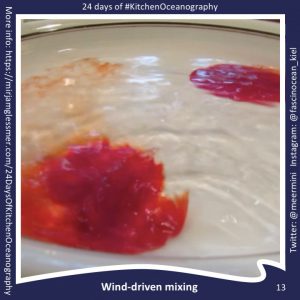
Tag: turbulence

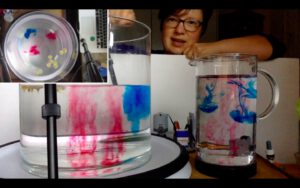
Rotating vs non-rotating turbulence
Last Thursday, Torge & I invited his “atmosphere & ocean dynamics class” to a virtual excursion into my kitchen — to do some cool experiments. As you know, I have…
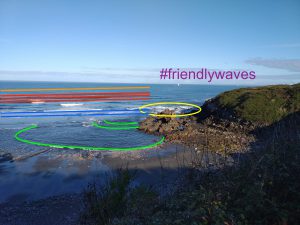
A beautiful #friendlywaves from Spain
A reader of my blog, Rocío*, sent me this beautiful image from Arnao beach (Castrillón- Asturias-Spain), and I asked if I could use it in a #friendlywaves post. He agreed, so…
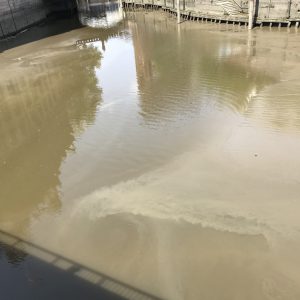
Muddy water watching on my lunch break. Turbulence and all the good stuff!
This might not be the kind of water that people usually like to look at during their lunch break — I admit, it does not look particularly inviting. But look…
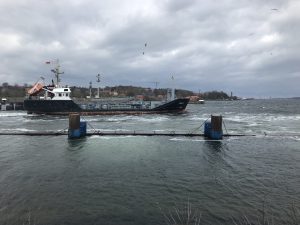
Windy days at Holtenau locks: Now THAT’s a turbulent wake!
Now that the weather is nice and sunny again, here is what it looked like only last Saturday. It wasn’t even really stormy, but windy enough so that the ships…
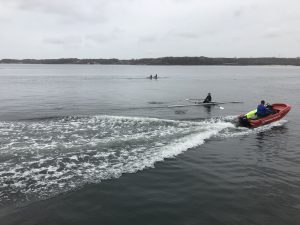
Wake comparisons: Row boat and motor boat
I just love this picture: The two boats in the front are going at the same speed (the trainer is driving right next to the person in the row boat…
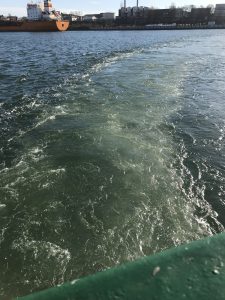
Turbulent wake watching
Yesterday I wrote about why a ship’s turbulent wake stays visible for such a long time after the ship has gone. Here just more pictures of the same phenomenon because…
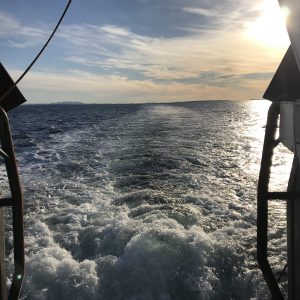
Why does a turbulent wake stay visible for such a long time after the ship has gone?
Speaking of wake watching, the other day I wrote about long distance wave watching in the sunset, i.e. what kind of things one can deduce on surface roughness (and its…
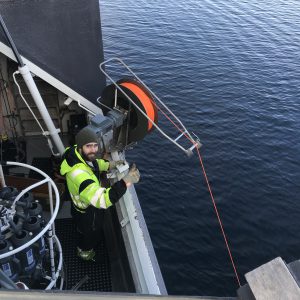
Measuring turbulence with a microstructure sonde
One of the instruments that was used on our recent student cruise was the so-called MSS (“MicroStructure Sonde”, sometimes also called VMP, “Vertical Microstructure Profiler”) — an instrument that is…
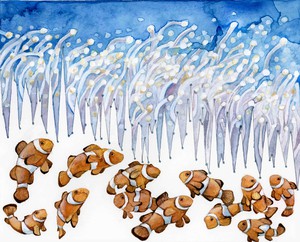
Using art in your science teaching. The why and the how.
Using art in your science teaching. The why and the how. This is a blog post that I wrote for the EGU’s blog’s “educational corner”. Check it out here.
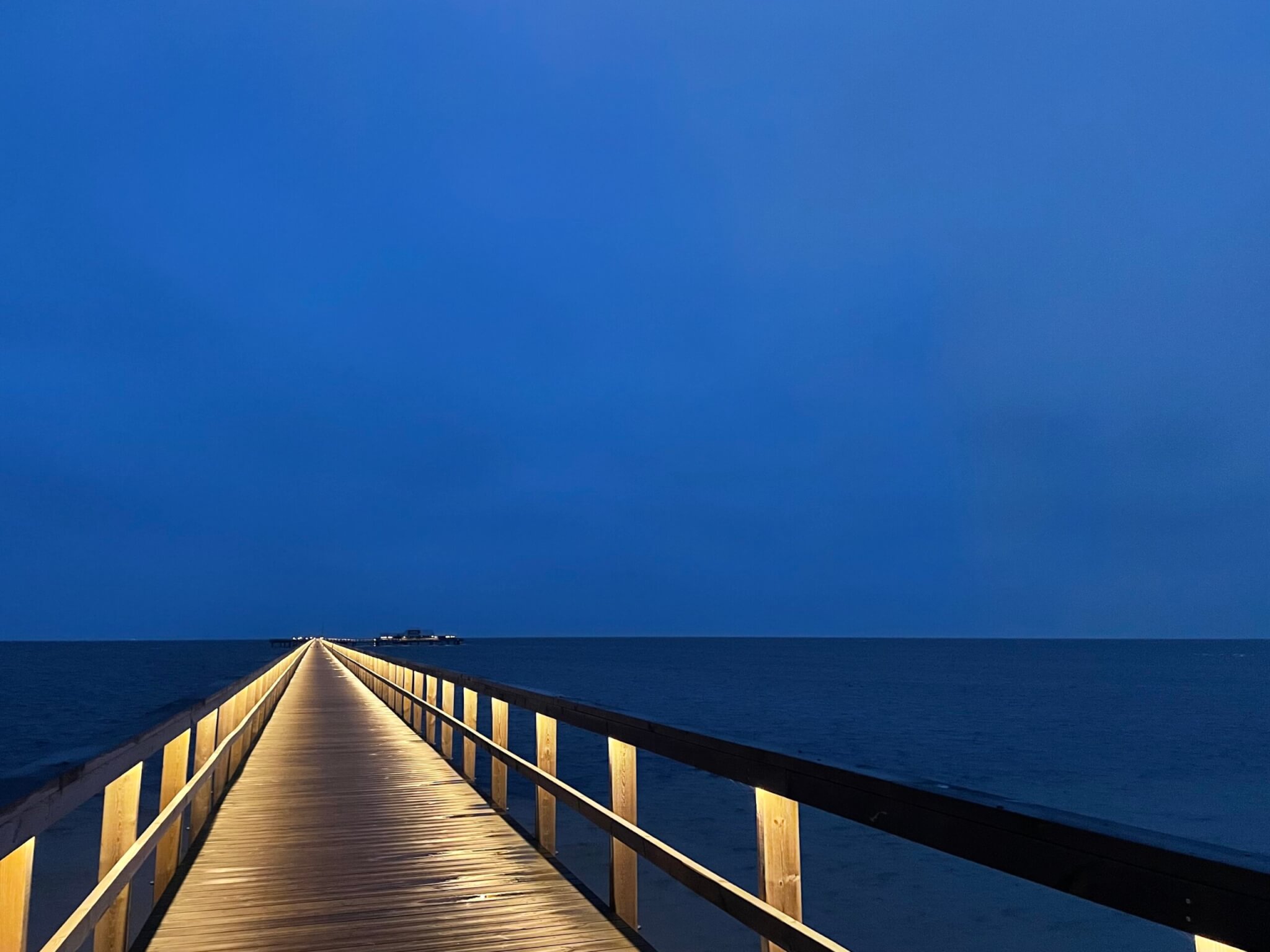
Visualizing flow around a paddle
Whenever I’m in a canoe or kayak, I love watching the two eddies that form behind the paddle when you pull it through the water. It looks kinda like this:…

Shear flow
Another early morning crossing this bridge. And the current and the sun glint were perfect for this kind of photos:They almost look like schlieren photography images in those super old papers,…

Flow separation
On the way to the pool I cross over the Elbe river on this pretty bridge. Which is pretty spectacular, just because the structure itself is so amazing. But what…

Vortex streets on a plate
You might think that three hours of canoe polo on a Saturday morning would be enough water for the day, but no. As when I did the experiment for the “eddies in a…